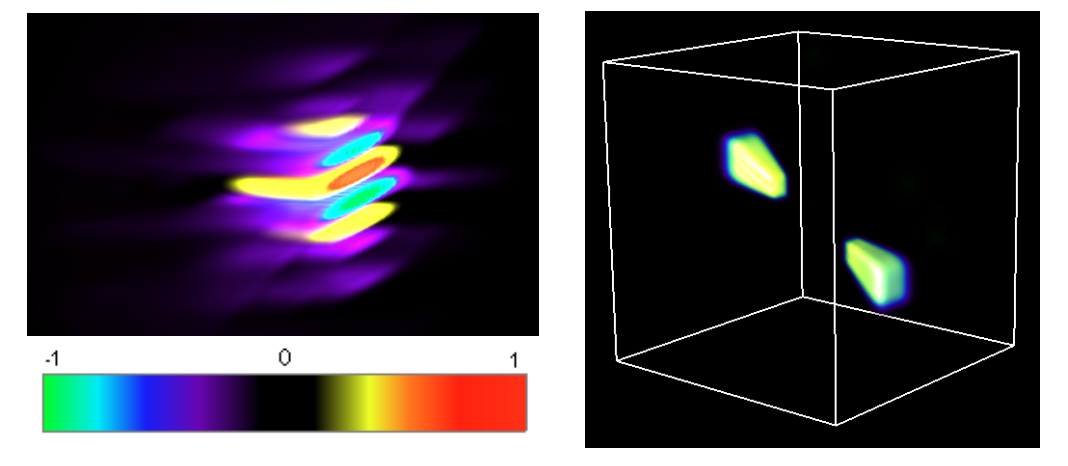| Authors: | A. Woiselle, J.-L. Starck, J. Fadili |
| Journal: | Journal of Mathematical Imaging and Vision |
| Year: | 2010 |
| Download: | Springer |
Abstract
In this paper, we first present a new implementation of the 3-D fast curvelet transform, which is nearly 2.5 less redundant than the Curvelab (wrapping-based) implementation as originally proposed in Ying et al. (Proceedings of wavelets XI conference, San Diego, 2005) and Candès et al. (SIAM Multiscale Model. Simul. 5(3):861–899, 2006), which makes it more suitable to applications including massive data sets. We report an extensive comparison in denoising with the Curvelab implementation as well as other 3-D multi-scale transforms with and without directional selectivity. The proposed implementation proves to be a very good compromise between redundancy, rapidity and performance. Secondly, we exemplify its usefulness on a variety of applications including denoising, inpainting, video de-interlacing and sparse component separation. The obtained results are good with very simple algorithms and virtually no parameter to tune.

